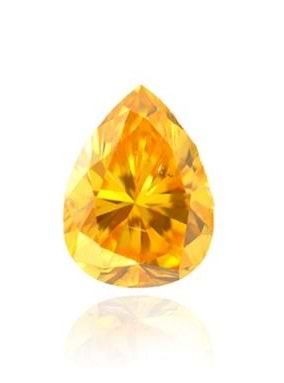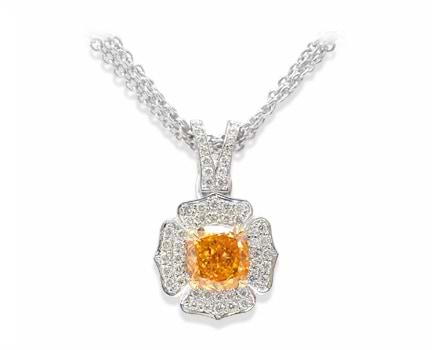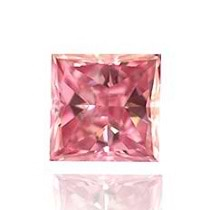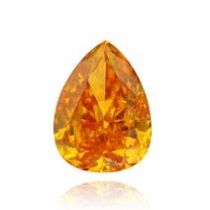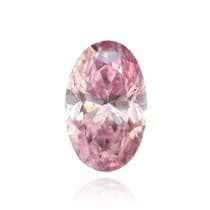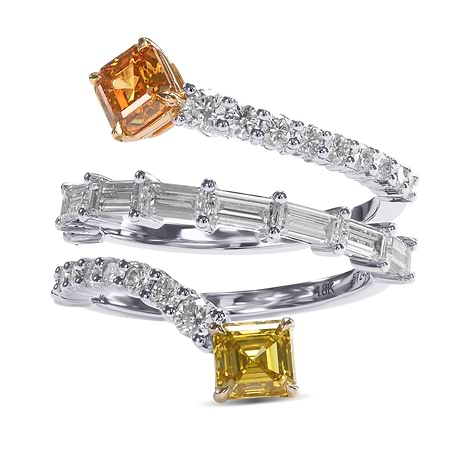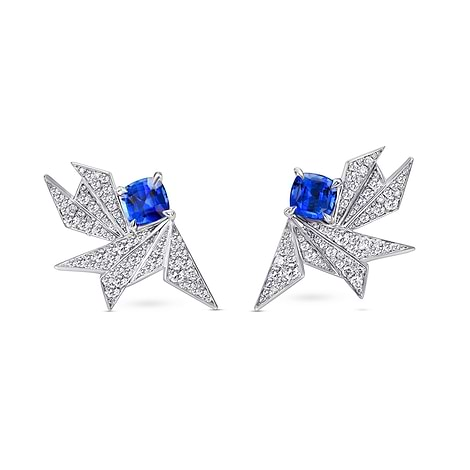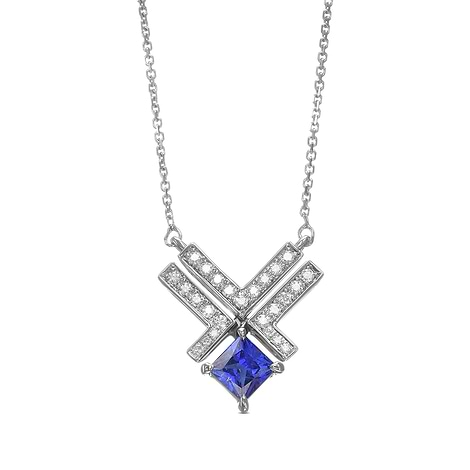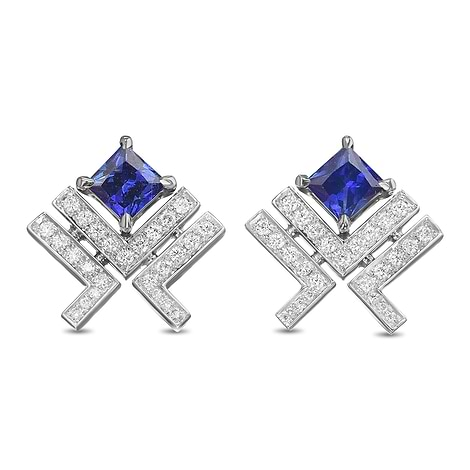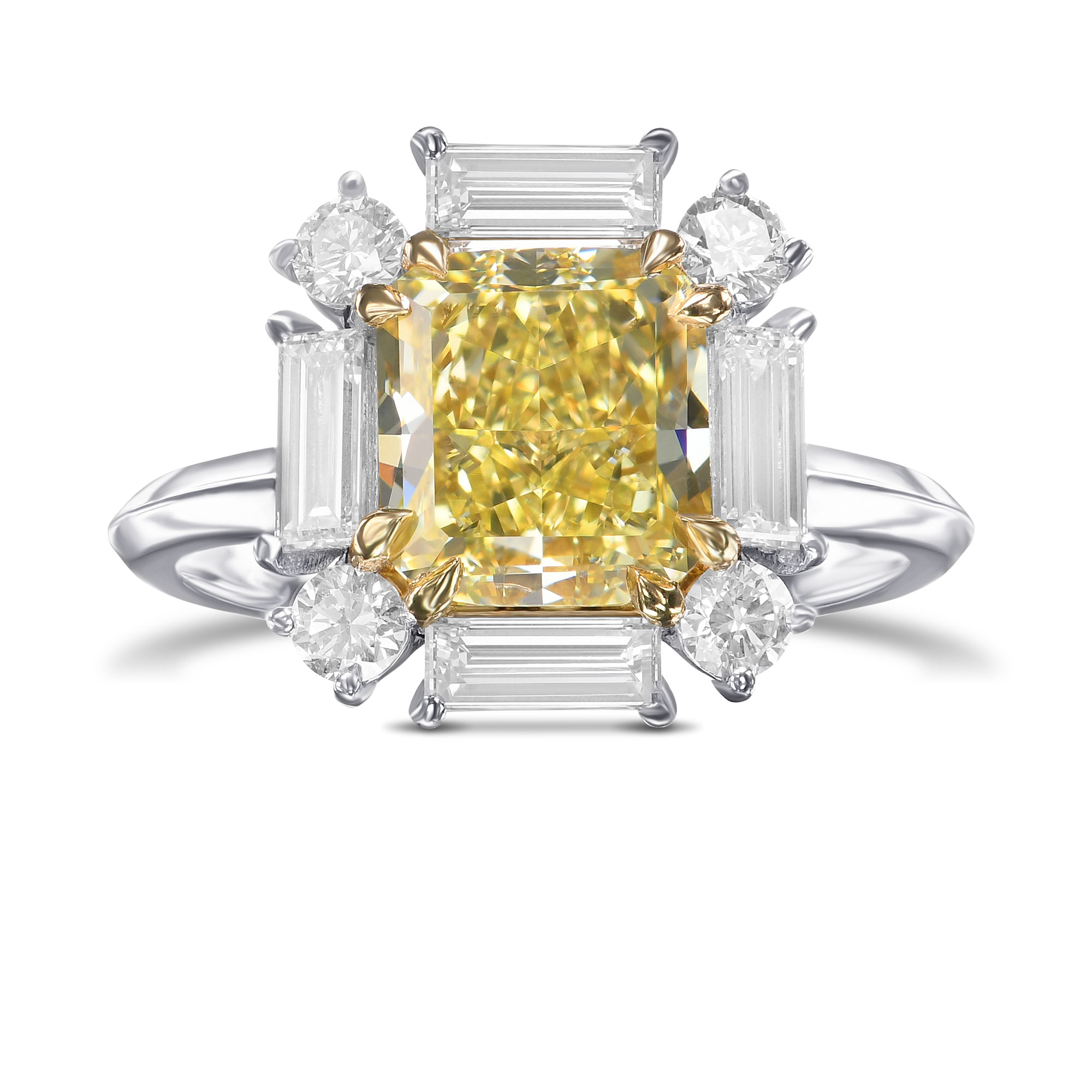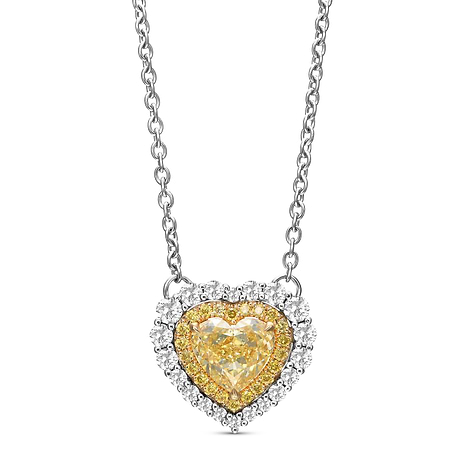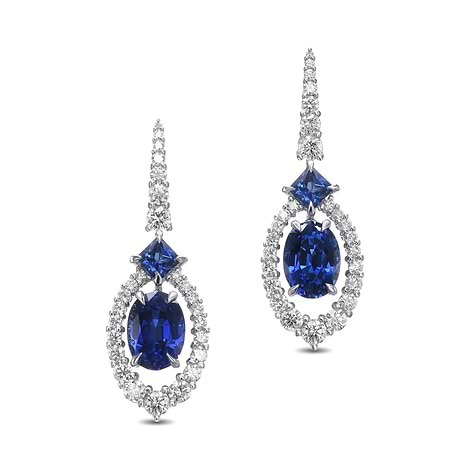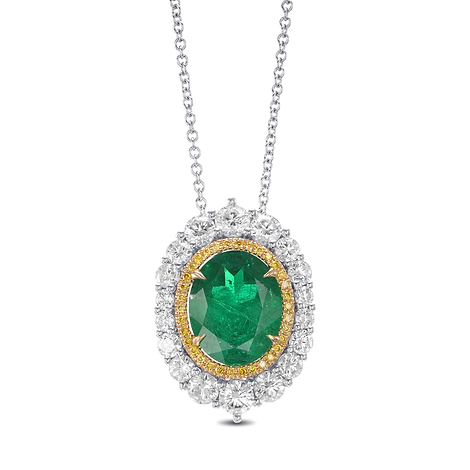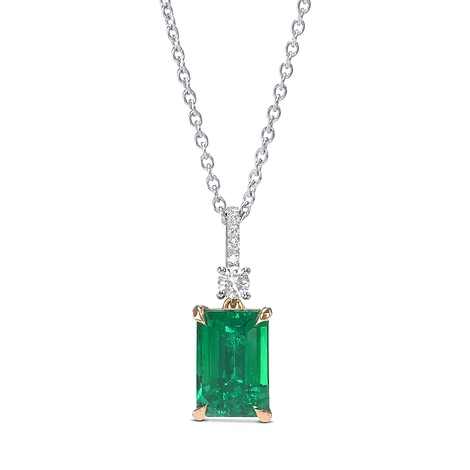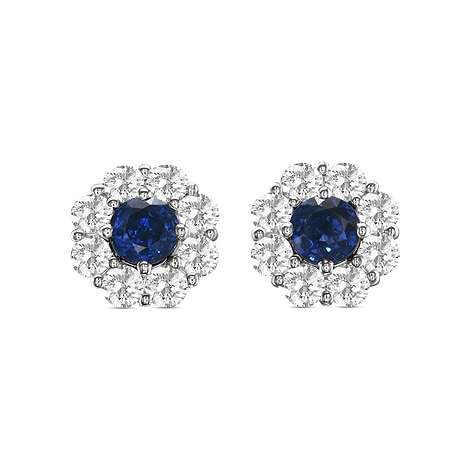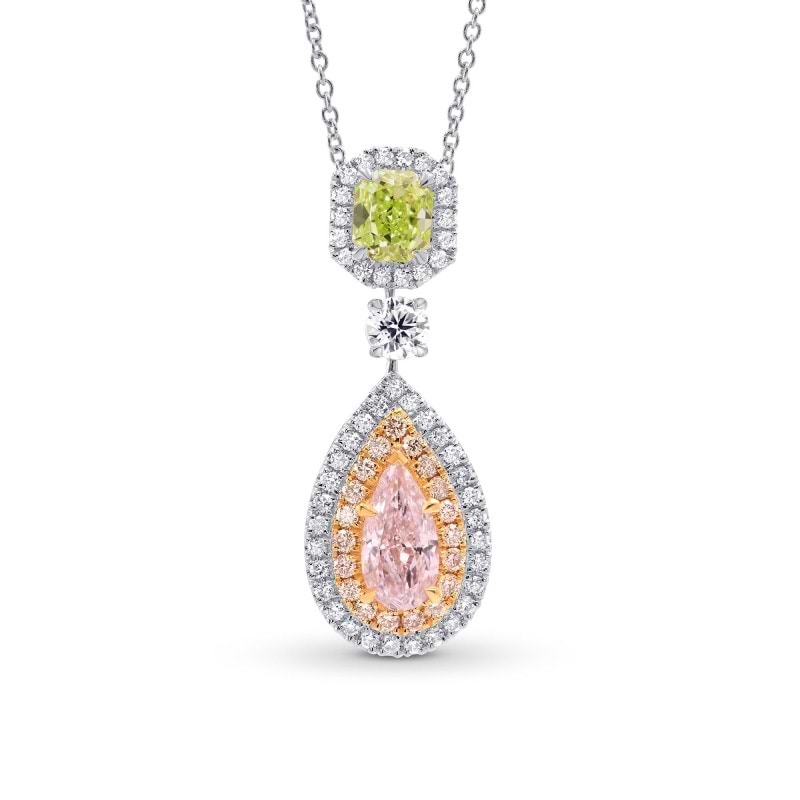Auctions add a lot of fragrance to the fancy color diamond business.
The spectacular sale the other week of the 14.82 carat vivid orange diamond has a sweet background story...
The 14.82 carat vivid orange was once actually over 20 carats with a much lower clarity grade. The owner tried to improve the stone a number of times, and eventually polished it down, losing a substantial portion of the stone from the initial weight. At 14.82 carats though he hit the jackpot and was lucky as he was rewarded with a vivid orange VS2 - the largest vivid orange in the world!
The stone was sold for USD35,000,000 to a client from Dubai and managed to break the world record for the most expensive price per carat paid for a diamond at auction.
|
0.41 carat Fancy Vivid Yellow Orange available by LEIBISH for USD3,648 |
|
1.06 carat Fancy Intense Orange available by LEIBISH for USD161,000 |
The record-breaking price of the 59.60 carat vivid pink for USD83.1 million two weeks back was actually a bargain looking at the carat price for such a one-of-a- kind stone. So why was it so cheap? The gigantic total - you needed a consortium to buy it. Isaac Wolf, an old hand in the fancy color business, surfaced again with a Russian group of investors and bought the stone. Isaac Wolf and his group paid USD1.4 million per carat. A similar stone weighing 5 carats would have sold for 50% more per carat. This total may seem very large today but 10 years down the road it will be considered a bargain.
|
1.01 carat Fancy Intense Pink- Argyle Tender stone by LEIBISH for USD360,000 |
0.54 ct Fancy Vivid Purplish Pink Argyle by LEIBISH for USD96,000 |
The record-breaking sales at auction have a sweet side effect throughout the market. Not everyone has a spare USD35 million lying around, but many lovers of fancy color diamonds do have money at hand and want to buy something similar to what is making headlines -just smaller.
After the Geneva auction we experienced a strong wave of interest – a bit like someone being thrown into Lake Geneva resulting in a wave that builds momentum.
We sold a lot of small pink, yellow, and orange diamonds around the world as well as jewelry.
|
0.14 carat Fancy Intense Pink sold by LEIBISH |
0.32 carat Fancy Intense Yellow sold by LEIBISH |
0.68 carat Fancy Intense Purplish-Pink- Argyle Tender Diamond sold by LEIBISH |
Still the basic question remains as to how these record prices affect daily business - if at all.
Many commentators assumed in the past that the Diamond Trading Company De Beers has some sort of control over diamond prices.
De Beers was founded by Cecil Rhodes in 1880 and by 1920 all South African Mines were controlled by the Oppenheimer family and 90% of the world’s rough diamond supply was controlled by De Beers.
The most effective piece of advertising came in 1947, with the creation of the tag line "A diamond is forever." This later became the company's official motto.
The Orapa Processing Plant in Botswana: With output of 11 million carats per annum is the most productive diamond mine in the world. It is 50% owned by De Beers.
The company's famous slogan, “A diamond is forever" is still valid for diamonds but perhaps not for De Beers. Their move back to Africa is clearly showing the vanishing control of De Beers on the world diamond market. As the vast majority of their monthly site originates from Botswana – the white man now has to follow the African master and move their whole operation back to Africa. Who knows, they may even hire Leonardo Di Caprio to look around for the ever so rare pink diamond… as long as he keeps away from blood diamonds.
Long forgotten are the times when De Beers controlled 90% of the world’s rough diamond supply and was the largest company on the Johannesburg Stock Exchange. It moved its listing and headquarters to London and commanded the sightholders with an iron hand - taking away the prestigious title from loyal clients of great stature such as William Goldberg and Moshe Schnitzer.
The influence of De Beers on polished diamond prices today is almost non-existent. Their share of the world market supply in 2012 was 27.8 million carats, down from where it was in 2011.
But there’s no need for you to worry about De Beers.
So how are diamond prices set? Does Rapaport control the diamond prices? I do not agree with Martin Rapaport and many of his views. To me they often seem somewhat pessimistic. However, he has a fairly clear and accurate view about polished colorless diamond prices. I totally agree with Martin Rapaport about at least one issue though; the engine of polished diamond prices is, “Liquidity, Liquidity, Liquidity.” And this is where auctions come into the picture.
Better consumer sentiment, the growth of same store sales, and the increased spending power of over one billion Chinese add to total growth.
The lack of liquidity is on the wrong end of diamond pipeline. If the big miners such as De Beers and Alrosa would lack liquidity they would reduce the price according to the position of the polished market. However, they are loaded with money and have access to almost unlimited cash.
The manufacturers in India or Tel Aviv carry the financing of the whole pipeline. They pay cash for the rough and many also make jewelry and give endless credit on memo to good retailers. Consequently, a lot of cash is in storage in the pipeline.
The time will come when the shortage of polished goods will force the retailers to fork out money if they want goods. This will give an additional push to prices.
Following are some more observations from Bain & Co.:
- The diamond industry had mixed results in 2012. Rough-diamond revenues declined 18% from 2011, to $14.8 billion, while retail sales of diamond jewelry grew 1.8% over 2011, to $72.1 billion.
- Although it is too early to say how 2013 performance will turn out, industry participants are cautiously optimistic given that demand in the US and Japan is increasing.
- Both rough and polished-diamond prices have recovered to their pre-crisis levels. Rough- diamond prices increased at a compound annual rate of 13% since 2008, while polished- diamond prices grew at a compound annual rate of 6% in the same period.
- The greatest value added along the diamond value chain is at the jewelry manufacturing and retail stages, which both added about $25 billion in value in 2012.
- The most attractive segment of the value chain remains exploration and production, which generates profit margins of 16–20%.
According to Bain & Co., the world will face a great shortage of rough diamonds by 2018. I will repeat what Stevie Wonder once said – let’s see…
Best regards,
Leibish
Leibish Polnauer, President and Founder of LEIBISH Fancy Color Diamonds
